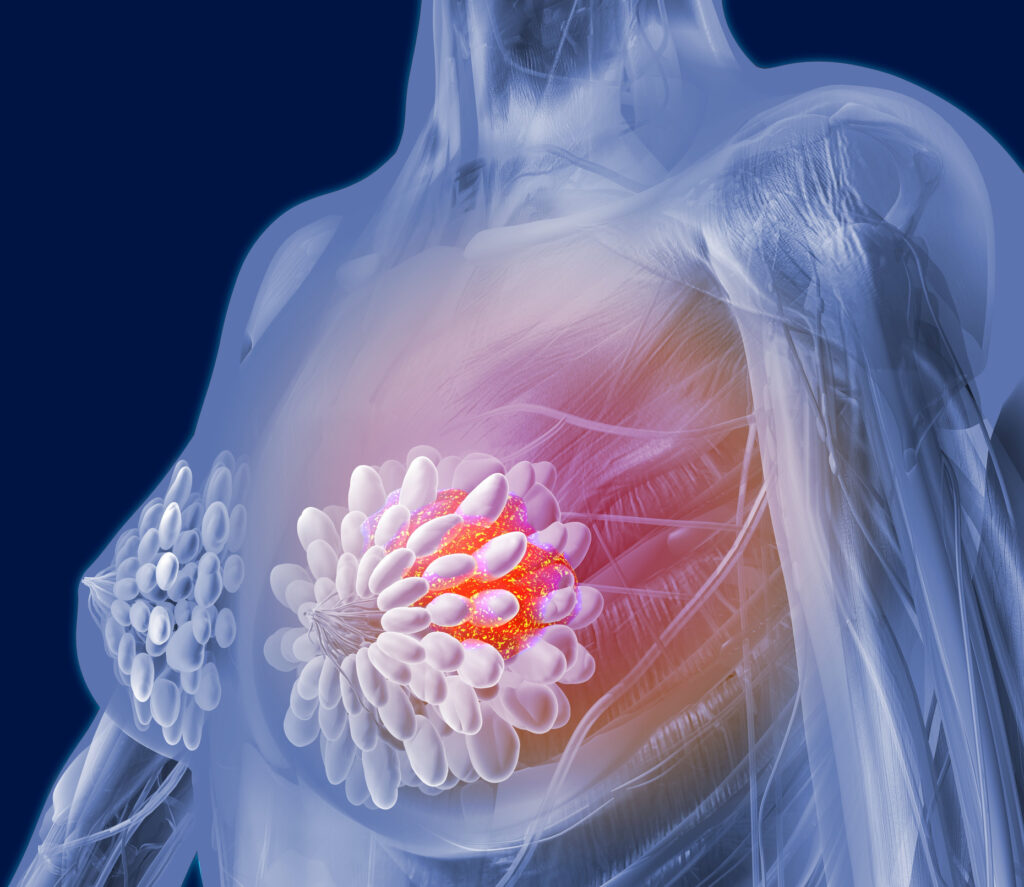Offering whole genome sequencing (WGS) to women with breast cancer could open up treatment options and guide clinical trial access for thousands of additional patients each year, suggests research led by scientists at the University of Cambridge in the U.K.
“Our work shows that WGS offers the ability to distinguish clinically important subsets of breast cancer patients, including patients that could respond more effectively to targeted therapeutics from those at risk of premature mortality, and may even help to identify patients for that are genuinely at low-risk and likely to be fully cured if treated appropriately,” said senior author Professor Serena Nik-Zainal, MD, PhD, from the department of Genomic Medicine and Early Cancer Institute at the University of Cambridge.
In 2022, there were 2.3 million cases of breast cancer diagnosed worldwide and 670,000 related deaths. Although survival is generally considered favorable, accurately identifying the best treatments for individual patients and predicting which cases have poor prognosis remain challenging.
Nik-Zainal and team assessed whether comprehensive WGS linked to mortality data could add prognostic value to existing clinical measures and identify patients with a response to targeted therapeutics to improve breast cancer care.
“It is becoming increasingly possible to use whole genome sequencing to inform cancer management, but it’s arguably not being used to its full potential, and certainly not for some of the more common types of cancer,” said Nik-Zainal.
“Part of the reason why is because we lack the clinical studies to support its use, but it’s also in part precisely because the information is so rich—in a sense, the information can be too overwhelming to make sense of.”
For the current study, published in The Lancet Oncology, Nik-Zainal et al analyzed 2445 breast cancer tumors collected at National Health Service Genomic Medicine Centres or hospitals in England affiliated to the 100,000 Genomes Project between 2012 and 2018.
They carried out high-depth WGS of tumor and matched normal DNA and performed comprehensive WGS profiling looking for driver mutations, mutational signatures, and markers of homologous recombination repair deficiency (HRD), mismatch repair deficiency, and tumor mutational burden.
Overall, the researchers found that 27% of tumors had genomic characteristics with immediate personalized medicine potential, which equates to more than 15,000 women a year in the U.K.
“These highly individualized markers obtainable from a single readout could be used as a triage tool to predict response to targeted therapeutics, highlight patients at risk of treatment resistance, and inform recruitment to prospective clinical trials,” Nik-Zainal and co-authors remark.
Among the mutations detected were genomic features with treatment potential such as ERBB2 in 9.8%, HRD and mismatch repair deficiencies, which each have clinical trial potential, in 12.2% and 0.7%, respectively, driver mutations actionable in other organs in 4.6%, and resistance markers in 2.2%.
Nik-Zainal told Inside Precision Medicine that although some of these features would have been picked up by more widely used targeted assays, there are some genetic changes, such as when the mutation is caused by a structural variation, that cannot be seen with targeted assays.
“There are also some general genomic patterns, or mutational signatures, that could be clinically informative, but not detectable by targeted assays because there are no important gene changes that are detectable,” she added. “For example, between one third to a half of tumors that have homology-directed repair deficiency do not have a mutation in a typical gene like BRCA1, BRCA2 or PALB2 but have the mutational signatures, and these would simply be missed by today’s targeted assays.”
The team identified an additional 15% of cases that had features that could be useful for future research, such as problems with other DNA repair pathways. This would equate to more than 8300 women a year.
The analysis also offers valuable information regarding prognosis. For example, in estrogen receptor (ER)-positive, human epidermal growth factor receptor (HER)2-negative breast cancers, which accounts for approximately 70% of diagnoses, there were strong genetic indicators of how aggressive the cancer might be. For example, major structural DNA changes were linked to a significant 3.9-fold increased risk of death, as were the presence of TP53 driver mutations, while the risk for death was increased 2.5-fold among people with APOBEC mutational signatures that reflect a DNA damage pattern. These genetic markers were more predictive than traditional measures like age of the patient, stage of their cancer, or tumor grade.
Using this information, the researchers created a prognostic framework for patients with ER-positive, HER2-negative breast cancer. Applying the framework suggested that around 7500 women a year with newly diagnosed low-grade but genomically high-risk tumors may benefit from more aggressive treatment such as CDK4/6 inhibitors or extended hormonal therapy for patients without personalized features.
Conversely, more than 22,000 patients per year in the U.K. with clinically and genomically low-risk tumors could be eligible for treatment de-escalation with appropriate monitoring.
Nik-Zainal said: “The U.K. is a genuine world-leader in terms of its ability to do whole genome sequencing in the NHS through the Genomic Medicine Service. Now that we have population-level evidence of how impactful whole-genome sequencing could be, we have the potential to make a difference to thousands of patients’ lives every year, helping tailor their care more precisely, giving more treatment to those who need it and less to those who don’t.”
However, she cautioned that before WGS can be incorporated into national and international clinical guidelines, more work needs to be done to show real-world benefit. “We will need to show that WGS has the potential to change clinical decision making—i.e. a WGS-based result would change the current treatment plan as a first step. We would also need to show in due course through clinical trials, that the WGS-based genome markers have an impact on a population level for improving outcomes if we acted on them.”
Nik-Zainal and team are now planning a clinical trial to address these issues and enable WGS to help clinical decision making for their oncologists.

